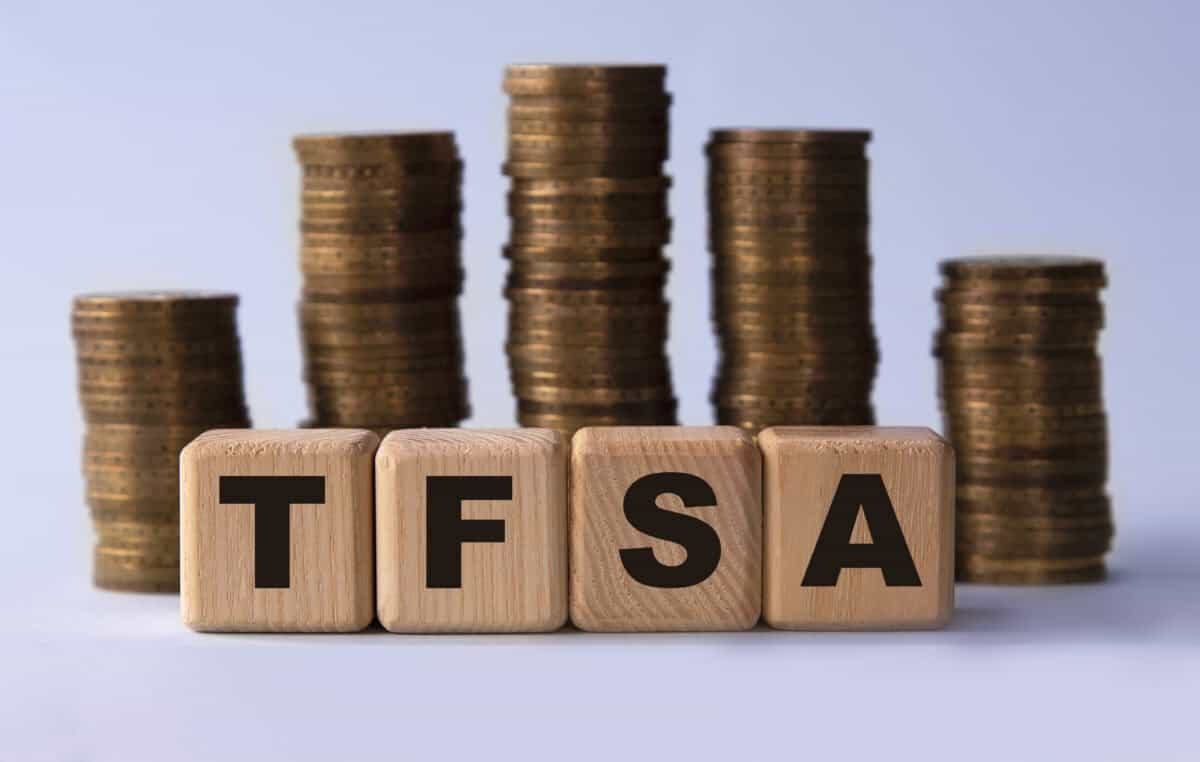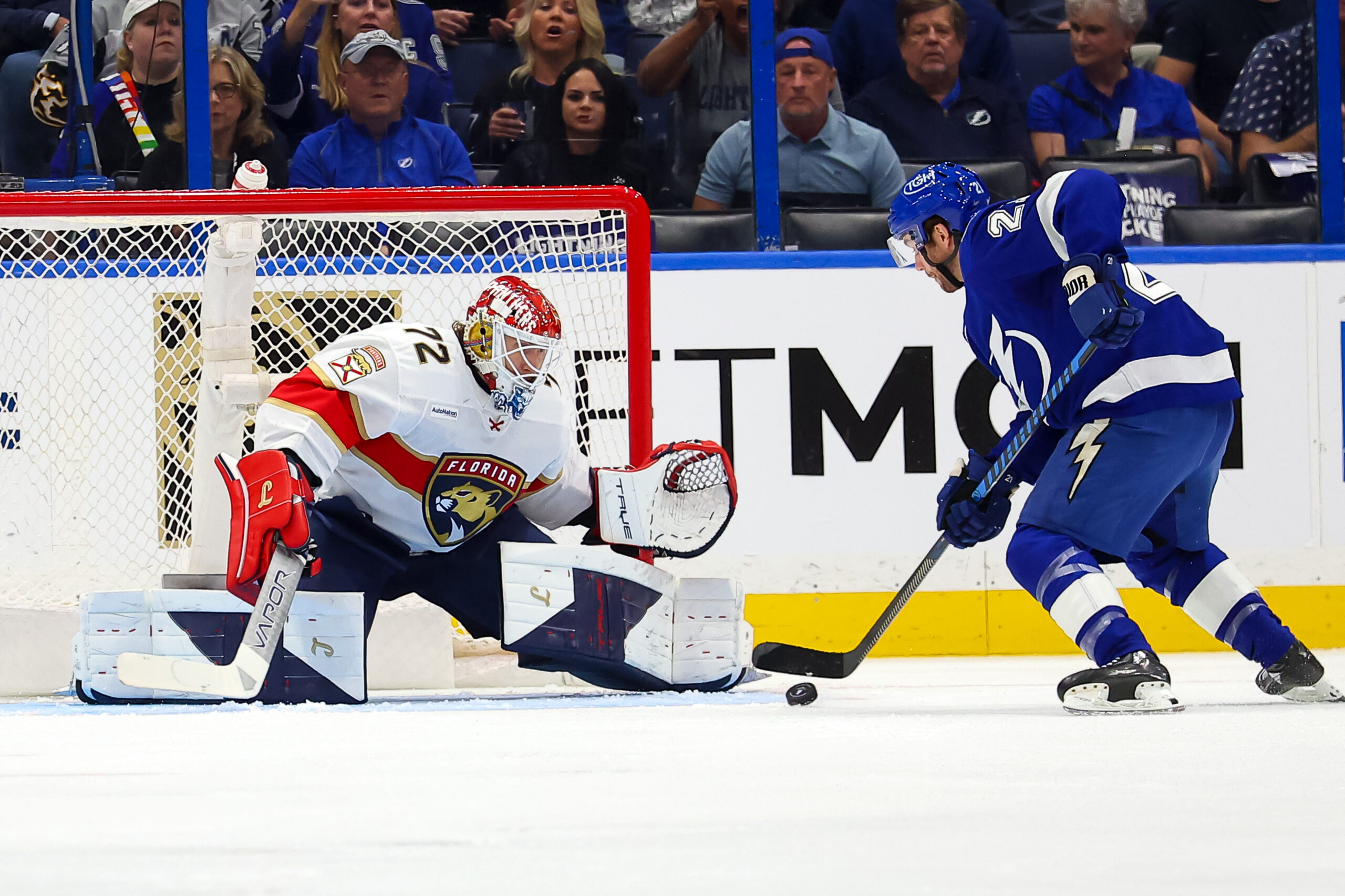Where to Invest Your $7,000 TFSA Contribution for Long-Term Gains

Hot take: I really don’t think people should be using their Tax-Free Savings Account (TFSA) to chase speculative plays like meme stocks, penny stocks, or options trading. As Warren Buffett often said, the first rule of investing is “don’t lose money.” And while you’ll probably see some paper losses at some point, if you stick with quality assets, you can confidently average down and stay invested for the long haul. With that in mind, if I were putting $7,000 into a TFSA today, I’d prioritize quality. Here’s what that means – and the exchange-traded fund (ETF) I’d use to own a globally diversified portfolio of high-quality stocks. What makes a stock “quality”? Quality is a mix of both qualitative and quantitative traits – it’s part feel, part math. On the qualitative side, high-quality companies typically have what’s called a wide moat. If you’re investing for the long haul, you don’t just want a company that will still exist in 20 years. You want one that will thrive and keep dominating in its space. A wide moat can come from many places – strong brand recognition, regulatory advantages, cost efficiencies, or network effects – but the result is the same: the company keeps chugging along, fending off competitors, and protecting its market share. Financially, you want the numbers to support the story. Not every great company will have sky-high margins—think big box retailers—or super low debt—think capital-heavy pipelines or utilities—but quality names tend to share two traits. First is high free cash flow yield. This is calculated by taking a company’s free cash flow and dividing it by its market cap. It tells you how much real, spendable cash the business is generating relative to its valuation. It’s often a more reliable indicator than earnings, which can be distorted by accounting tricks or one-time charges. Second is high return on equity (ROE). This measures how efficiently a company turns shareholder equity into profits. It’s calculated by dividing net income by shareholders’ equity, and it’s a good gauge of management effectiveness. A consistently high ROE usually means the business knows how to make the most of the capital it has. This ETF is quality in a box If you want instant exposure to a diversified portfolio of high-quality companies without having to screen or pick them yourself, take a look at the BMO MSCI All Country World High Quality Index ETF (TSX:ZGQ). ZGQ follows a rules-based strategy that screens for companies with high return on equity, stable year-over-year earnings growth, and low financial leverage. In plain terms, that means the ETF holds profitable, consistent, and financially sound businesses. The fund includes large and mid-cap stocks from both developed and emerging markets, with global diversification built in. It also caps individual holdings at 5%, so you’re not overly exposed to any one name. While ZGQ carries a 0.50% management expense ratio, which is slightly higher than broad-market ETFs, it’s reasonable for a targeted factor strategy. And it has delivered: over the past 10 years, ZGQ has produced a 12.9% annualized total return –proof that quality, when properly implemented, can pay off.

















